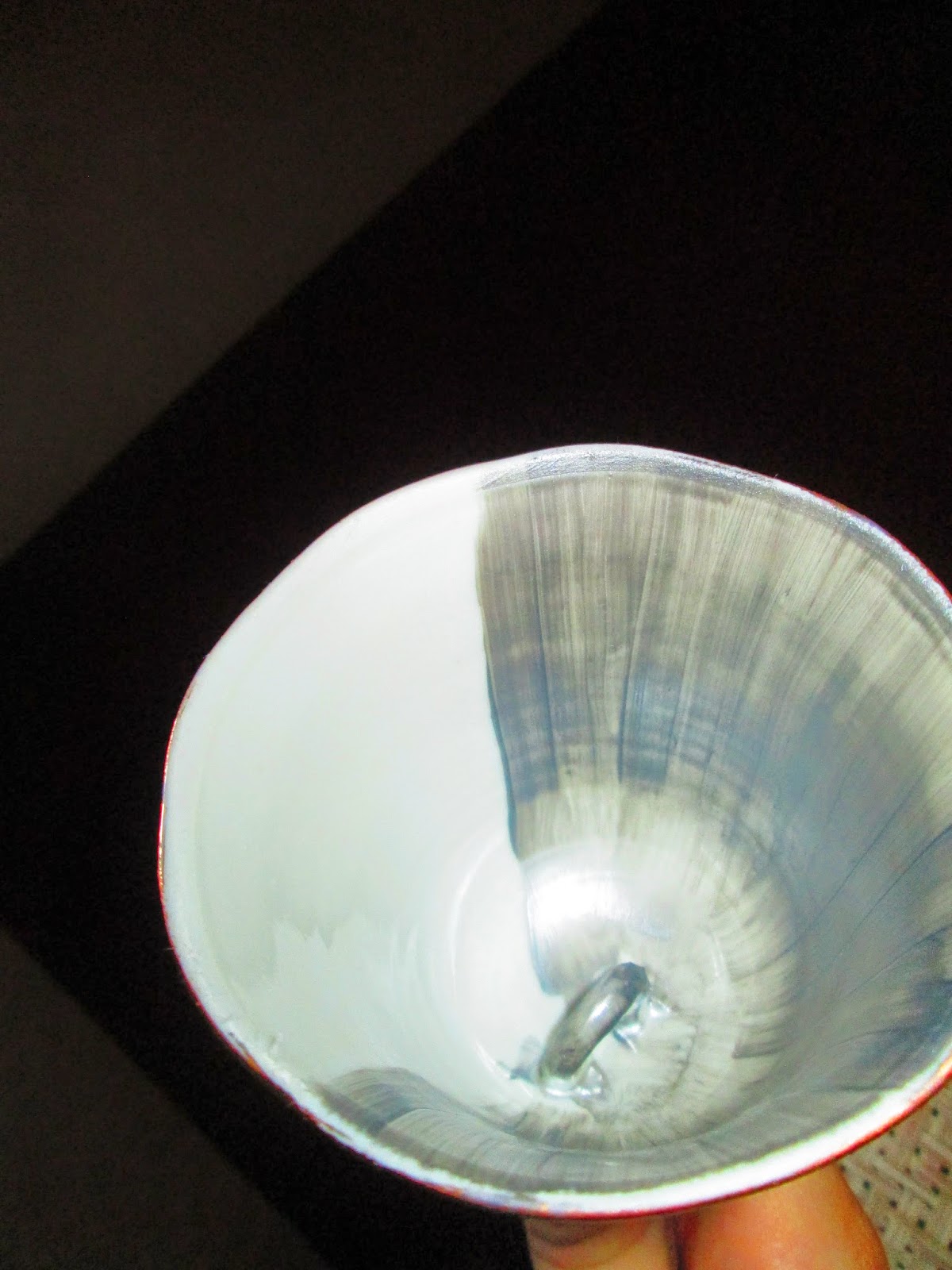The finished pretty pictures :) Taken by the lovely Bermuda Jill of Smite Photography, on a semi-cloudy day in Evergreen, CO, USA.
***
This dress was made to wear to the Renaissance Festival. I had 3 parameters:
(1) I wanted something period (while not renaissance, medieval garb is also accepted)
(1) I wanted something period (while not renaissance, medieval garb is also accepted)
(2) Something not crazy expensive/taking forever to make
and (3) I wanted to not be a thousand degrees sweltering hot while wearing it.
This led me to a style of dress I thought I could pull off well, made of Linen (wow, is it the BEST fabric ever to wear to faire! Never going back!). I remebered that Tasha Kelly over at La Cotte Simple had made some tutorials on how to drape a cotte on one's own body, which I had always wanted to try. This was the perfect opportunity!
You can see all the tutorials, here. I used the curved-front seam method, as the straight-front seam method gives more push-up to the boob area and I didn't want that.
Since I have access to pattern-drafting software (really just a drawing program that works on an x-y axis) at work, and didn't want to try to wrangle that big piece of fabric on my own, I decided to take the darts out of my sloper, give it huge seam allowances, and then further fit it on my own body with some pinning and slashing.
You can see all the tutorials, here. I used the curved-front seam method, as the straight-front seam method gives more push-up to the boob area and I didn't want that.
Since I have access to pattern-drafting software (really just a drawing program that works on an x-y axis) at work, and didn't want to try to wrangle that big piece of fabric on my own, I decided to take the darts out of my sloper, give it huge seam allowances, and then further fit it on my own body with some pinning and slashing.
Also, I use the Patternmaking for Fashion textbook by Helen Joseph-Armstrong. Many helpful tricks in there!
Below are pictures of what I started with, and what I ended up with (the smaller and weirder-looking pieces are what happened after I had fit them on my body).
The sleeve on the left is what I started with; on the right is the final sleeve. The elbow dart was combined with the button placket that runs down the back of the forearm. Thanks, clever pattern-drafting book!
Let me tell you, it was quite the puzzle; but I did manage to fit this entire dress on a 3 yard piece of 54" wide linen! Awesomely economical. I used a lightweight linen from Fashionfabricsclub.com. Also I cut a lining for the bodice from hips to shoulders out of a stronger linen; the Euro linen suiting from Fabric.com.
I decided to do a mix of hand-sewing and machine sewing. I wanted it to look not machine-sewn but also be very durable (as I thought perhaps a mid-to-lower class woman's cotte would have to be), so I cheated where I could ;). The seams themselves are sewn by machine, but then felled by hand. I didn't want the stiffness that machine-felling can sometimes bring.
All the edges except the hem are finished by hand, and the eyelets were done completely by hand. The buttonholes are sewn by machine :) Haha. That many buttonholes is too much crazy for me to do by hand, and I thought the effect would be much the same.
My seams were sewn in the usual 5/8" manner, and then finished as below...
sewn, treating the bodice lining-linen as 1 piece with the self (outside) fabric
(1) trimming down 1 side of the seam allowance to about 3/16"
(2) pressing under the edge of the longer seam allowance and folding it over
(3) hand-whipstitching that folded edge down to make a beautiful finish!
Where the triangles were inserted (in each seam), one felled seam simply ran over the edge of the other and continued up the body. This picture is of the hip area.
~~~~~~~~~~~~~~~~~~~~~~~~~~~~~~~~~~~~~~~~~
This was my center-front edge. It was folded over 1", then the raw edge was pressed under by another 1/4" and hand-whipstitched down. I used an awl to poke through and some silk buttonhole twist thread to make *drumroll please* 56 eyelets in total!!! It took a couple of afternoons, going about 5 minutes per eyelet.
The sleeve and neck edges were simply pressed 1/4", rolled to the inside twice, and hand-whipstitched down. The hem was machine rolled by pressing up 1/4", stitching, then rolling that up by 3/8" and stitching that down too.
***
If I made another one I would use Tasha Kelly's sleeve draft. Mine didn't have enough lift to be really comfortable in the shoulders. I could drive in the sleeves, but they definitely couldn't lift higher than that. I would also give myself a tiny bit more room in the back-shoulder area and across the chest; it was a little too tight! Lesson learned. :) There may be an over-dress made for this in a navy fabric, so stay tuned!
If I made another one I would use Tasha Kelly's sleeve draft. Mine didn't have enough lift to be really comfortable in the shoulders. I could drive in the sleeves, but they definitely couldn't lift higher than that. I would also give myself a tiny bit more room in the back-shoulder area and across the chest; it was a little too tight! Lesson learned. :) There may be an over-dress made for this in a navy fabric, so stay tuned!















































